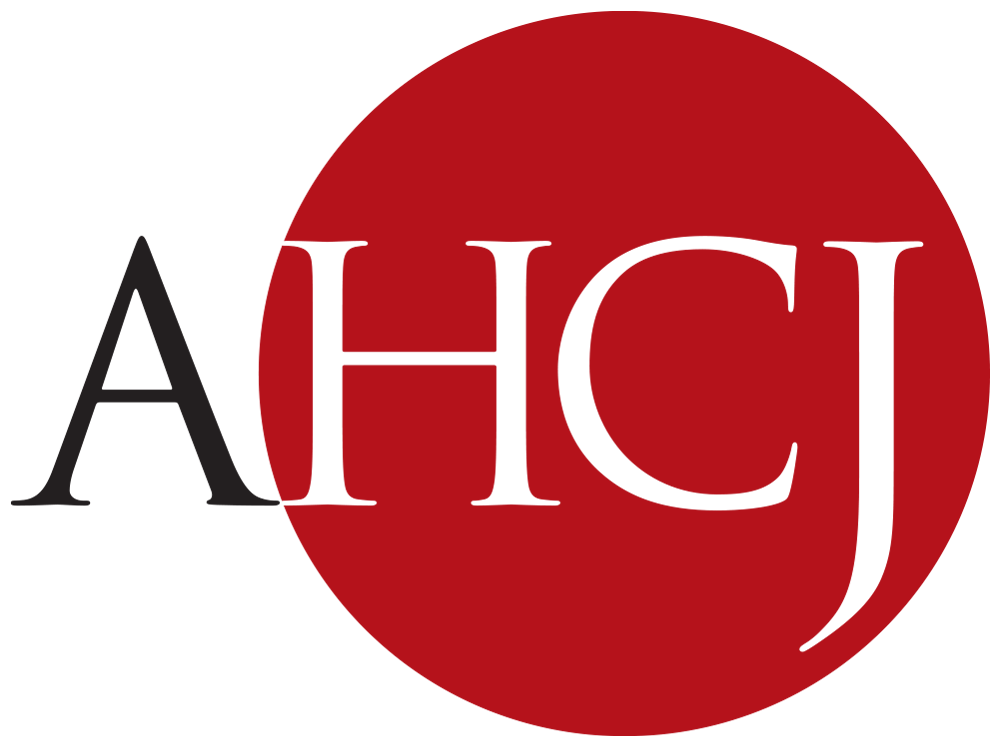How private equity investors
are reshaping health care
are reshaping health care
Panelists:
- Eileen O’Grady, research/campaign director, Private Equity Stakeholder Project
- Fred Schulte, senior correspondent, Kaiser Health News
- Yashaswini Singh, a health economist completing a Ph.D. at Johns Hopkins University
- Bob Herman, reporter, STAT (moderator)
By Laurie Udesky
In the last decade, private equity’s control of the global economy jumped from roughly $3.5 to $13 trillion, with growing investment in health care, Eileen O’Grady said during this panel. Private equity’s footprint is everywhere in health care, including in nursing homes, hospice, home health care, behavioral health, mental health, dermatology and cardiology. What’s the draw? Health care is seen as “recession resistant,” O’Grady said, with investors banking on a double to triple return on investment in just four to seven years.
Investors succeed by using debt to finance transactions in leveraged buyouts and put the debt on the acquired health care company’s balance sheet. “That means that that company is on the hook for that debt and they have to pay the interest rates,” O’Grady noted.
The fallout from that transfer of debt as well as other tactics by private equity can be crippling. In what O’Grady described as an “inexcusable” tactic of private equity, investors take out massive loans to pay themselves cash dividends while the debt is shouldered by their acquisitions. In one case, a hospital was forced to take out a billion-dollar loan, O’Grady said, and investors used $457 million of it to pay themselves. To make matters worse, the hospital was part of a chain that was suffering profound quality issues.
Drilling down to the level of physician practices, Yashaswini Singh said that an analysis by her and colleagues of national data in 2019 showed on average that 6% of physicians in the country are employed by private equity, with a great concentration of specialists in dermatology, urology and ophthalmology. The analysis also showed greater private equity investments in parts of Texas, Florida, Arizona and the Northeast.
To ascertain the effect of private equity acquisition of physician practices, Singh and her colleagues surveyed 213 practices and found two significant changes — an increase in staffing of physician assistants and nurse practitioners and a high rate of physician turnover. But what those changes say about quality of care is an open question. “Are nurses complementary to a workforce if a practice is expanding, or are they substituting the physician workforce as a means of cost-cutting?”
The bottom line, “If private equity is increasing health care spending without enough to show for improved value, the cost is really borne by all of us.” Singh said. Those costs show up in higher insurance premiums, out-of-pocket health costs and taxes.”
Fred Schulte, whose award-winning investigation with colleagues into how private equity ownership translated to health hazards and death among patients, detailed essential resources for journalists. Pitchbook helped Schulte and the KHN team identify the top 25 private equity investors in health care. The list took them to company websites, which, though generally opaque, did “ tend to brag about their acquisitions.”
Court records through PacerMonitor searches, Schulte said, were a gold mine for finding sources. He recommended searching for lawsuits involving the False Claims Act because private equity firms are being named in these cases. One such lawsuit, Schulte said, revealed that when a private equity firm came into some pain management clinics, it quadrupled the patient caseload in one year.
Schulte also encouraged reporters to reach out to court clerks who can help them access documents from state jurisdictions if they’re not available online.
Laurie Udesky is an award-winning freelance journalist based in San Francisco. Her work has appeared most recently in MindSite News, Nature and Kaiser Health News.
